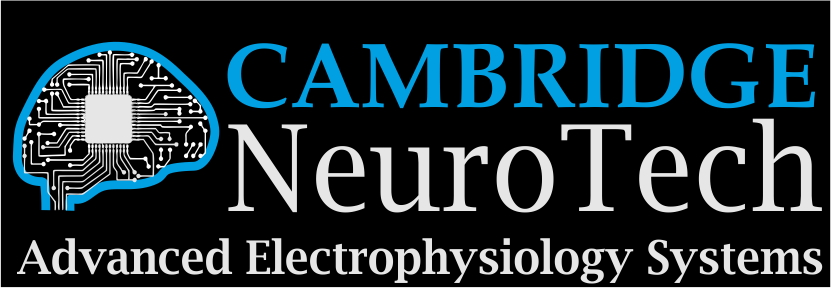Mitchell Morningstar (David Linsenbardt's Lab)
Decoding movement execution from the mesencephalic locomotor region (MLR) to establish a novel target for brain-computer interfaces (BCI)
Davide Burchielli (Marco Bonizzato's Lab)
Department of Electrical Engineering at Polytechnique Montreal, Canada
Traditionally focused on the primary motor cortex, motor BCIs may benefit from targeting subcortical regions, such as the mesencephalic locomotor region (MLR), to decode a broader range of motor processes. Our results reveal that MLR activity in rats distinctly oversees locomotion phases, skilled movements, and bilateral limb control, demonstrating high accuracy in decoding movement phases and predicting muscle activation. This highlights the MLR's potential as an innovative target for motor BCI applications.
Brain-computer interfaces (BCIs) allow real-time decoding of neural activity from the brain. Decoded activity is used to control external devices and to drive functional stimulation to reanimate paralyzed limbs, potentially restoring motor independence in individuals with impaired motor control. Traditionally, the preferred BCI source for movement intention has been the primary motor cortex (M1). However, the limited focus of motor BCI on M1 has restricted the decodable motor processes that can be leveraged in BCI applications. Subcortical regions involved in motor control may emerge as alternative or complementary targets for motor BCIs. We investigated in female Long Evans rats whether a midbrain region called the mesencephalic locomotor region (MLR) could serve as a target for BCIs to infer and predict movement intention. Although the MLR motor involvement has been previously investigated, the extent to which MLR regulates movement is still widely unknown, especially for motor control beyond locomotion.
We implanted N=2 rats with 32-channel arrays (ASSY-116 E-2, Cambridge NeuroTech) in the two MLR nuclei, the cuneiform nucleus (CnF) and the pedunculopontine nucleus (PPN). The neural activity, along with the muscle activity (EMGs), were recorded during treadmill locomotion, and reaching and grasping. We investigated whether single-unit activity within the MLR is modulated during these movements. Across rats, we observed a consistent firing rate modulation depth of 249.2±185.5% (mean ± SD) during the gait cycle. This modulation showed varying limb laterality and gait phase preferences across subjects and recording channels. The most common pattern among the subjects displayed peak firing activity anticipating the contralateral hindlimb swing phase (14 units), although other modulation patterns were also recorded. No significant differences in modulation trends were found between the PPN and CnF. Additionally, peak firing rates in some units were significantly correlated with walking speed (p < 0.001). We were able to accurately decode gait events offline utilizing a support vector machine classifier during both bipedal (mean accuracy ± std; Contralateral swing: 94±5%, Ipsilateral swing: 90.5±2.8%, Bilateral swing: 85.8±1.2%) and quadrupedal (Four-limb swing: 79.1±12.5%) locomotion.
Beyond locomotion, MLR activity also revealed modulation patterns during reaching and grasping movements of both the ipsilateral and contralateral forelimbs. Specifically, we observed a mean increase in firing rate of 831.8±457.1% during specific sub-phases of movement compared to baseline. The two most common modulation patterns across recorded neurons showed peak activity anticipating reaching and during pellet retrieval (11 units), and during grasping and pellet retrieval (43 units). Using a Linear Discriminant Analysis classifier, we successfully decoded all four phases of the forelimb movements (rest, reaching, grasping, and retrieving) with an accuracy of 56±17.3% for the ipsilateral forelimb and 60.9±25.2% for the contralateral forelimb. No significant differences were found between the CnF and PPN in these tasks.
Our results demonstrated how the MLR activity oversees distinct phases of locomotion, emphasizing its encoding of locomotor speed and bilateral limb control. Moreover, we show proof of MLR involvement during specific phases of discrete and skilled forelimb movements. The movement control information encoded by the MLR was effectively utilized to decode movement phases with high accuracy. The highlighted aspects of laterality control, phase-locked modulation, and skilled movements are crucial elements for motor BCI, thereby legitimating the exploration of the MLR as a novel target for such technologies.




